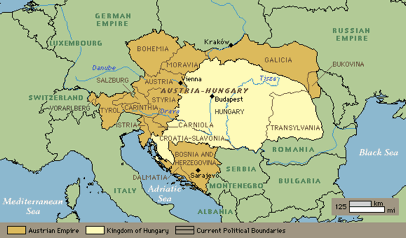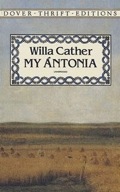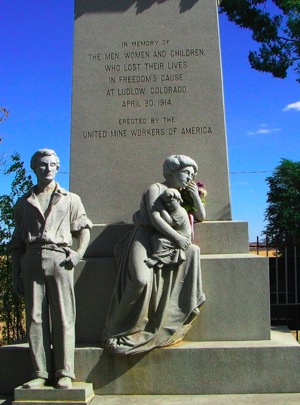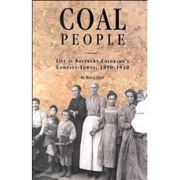Have you ever wondered where stories come from, or why writers make the decisions they do in creating the setting, the characters, the plot?
Here I answer a few of those questions about Katerina’s Wish

What is the story about?
What inspired the story?
Where is Bohemia?
Why are they Bohemian?
Why is it set in a southern Colorado coal camp?
How did you get the details right?
WHAT IS THE STORY ABOUT?
Katerina’s Wish tells the story of a Bohemian family who comes to America in 1900, hoping to work a year in the coal mines of southern Colorado and then buy a farm. After a year, they discover they have no more money than they came with, and much less hope. Then young Trina sees a strange fish and remembers the folk story of a carp that grants wishes. When her sisters make wishes that come true, Trina makes the biggest wish she can, for a farm in America. But is a wish enough to fill a dream so big?
WHAT INSPIRED YOU TO WRITE KATERINA’S WISH?

The original idea for the story came about in a dream. I dreamed that I had had a prosperous farm and my family had gone broke and lost it. In the dream, I was standing on a bridge over a creek, looking down into the water. As I stood there, a fish just under the surface of the water told me to make a wish, and I wished for the farm. That’s where I woke up, and immediately I thought, that would be a great start for a novel!
Later, I decided I would rather have the characters be immigrants, making their way in America for the first time. I also decided that I wanted their struggles and triumphs to be real. Success in a new land isn’t easy, and I didn’t want a magic fish to make it easy for my immigrant family either, so I decided the magical elements of the story should be ambiguous.
WHERE IN THE WORLD IS BOHEMIA?

In 1900, Bohemia was part of the Austria-Hungary Empire; today it is part of the Czech Republic. Even in 1900, Trina and her family would have referred to themselves and their language as Czechy. However to most Americans and Western Europeans, the area and its people would have been called Bohemian, so this is how they would have been identified in the coal camp where the story is set.
WHY DID YOU PICK BOHEMIA FOR THE CHARACTERS’ BACKGROUND?

Not long before writing Katerina’s WIsh, I read Willa Cather’s classic novel, My Antonia, and fell in love with it, and its strong Bohemian heroine. I knew that the coal mines of Southern Colorado recruited heavily from Eastern Europe, so when I was deciding on an ethnicity for my characters I chose Bohemia, because it fit historically, and I wanted to give a nod of respect and admiration to Willa Cather’s great American novel.
WHY DID YOU SET THE STORY WHERE YOU DID?

Southern Colorado’s coal mining district is a remote and isolated region that played a vital role in the labor movement of the early 1900s. The Ludlow Massacre of 1914 brought the conditions of coal mines and coal camps to the nation’s attention, and shaped labor laws and the power of unions. Yet today, when people think of mining in the Rocky Mountain West, they think of gold and silver, and the romance of getting rich quick. I wanted to bring more awareness to the coal camps, and the lives of the ordinary people that lived in them, whose dreams and hopes were more modest.
HOW DID YOU RECREATE THE HISTORICAL SETTING?
I enjoy researching authentic details for historical fiction. For Katerina’s Wish, I needed to know what life was like in the coal camps, but I also needed to fill in the sort of details that aren’t usually reported in history books. For example, how much did a bag of flour or a can of plums cost in 1900?

For the big details I relied on history books, especially those that contained first hand accounts of life in the coal camps. Coal People: Life in Southern Colorado’s Coal Towns 1890-1930 by Rick J. Clyne (Colorado Historical Society, 1999) was especially helpful. I also spent hours looking at old photographs of the camps, for details on houses, streets, clothing, and setting. An especially useful website is the Western History Archive at the Denver Public Library, where you can search for all kinds of photos by subject, location, or date. Be careful, though! If you like old photos like I do, you can get lost in this for hours!
For the small details, I relied on old newspapers. I spent hours reading newspapers from 1901at my local library, where they are preserved on microfilm. I read the ads for food to get prices, then I doubled those prices, as the company stores in coal camps tended to do. I also read the real estate ads to see how they were worded and what the cost of established farms might be. They were surprisingly expensive in 1901!
Finally, I wanted to include authentic Eastern European folk tales for the character Old Jan to tell. Once again, I resorted to my local library and the internet. In the children’s section of the library I found the Favorite Fairy Tales series, retold by Virginia Haviland and published by Little Brown and Co. in 1966.These books are no longer in print, but one focused specifically on the fairy tales of Czechoslovakia (as it was called in 1966). On the web, the resource I found most useful was The Golden Scales website.


